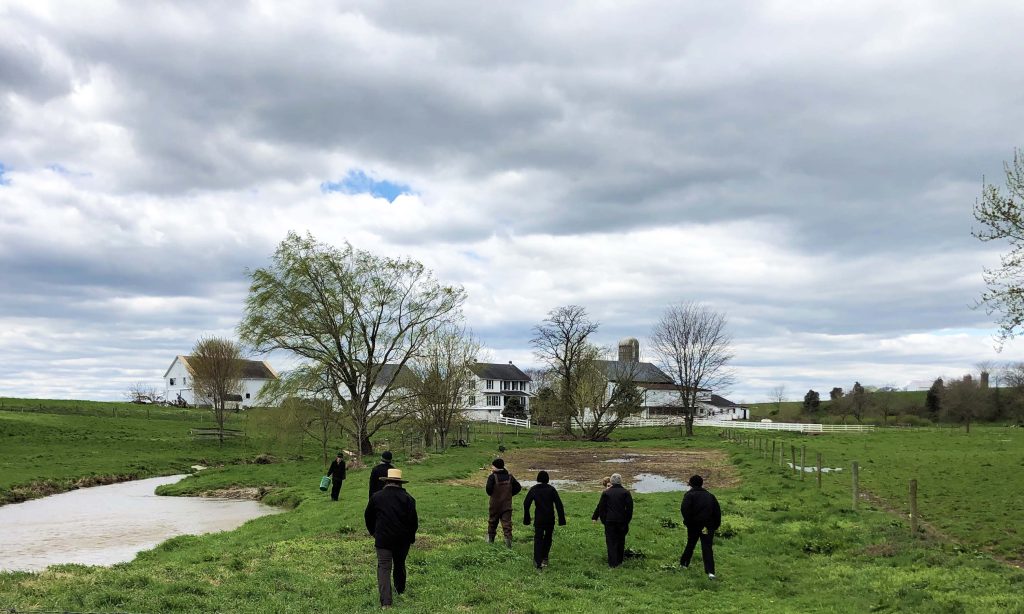Pennsylvania is receiving more than $3 million in federal funding for watershed restoration projects.
Conservation groups said it will help the state get back on track to meet its Chesapeake Bay Clean Water Blueprint goals.
The funds will go toward restoration plans for both the Pequea and Halfmoon Creek watersheds, to reduce nutrients and sediment impairing creeks and streams.
Harry Campbell, Pennsylvania science policy and advocacy director for the Chesapeake Bay Foundation, said the influx of resources will play a role in closing a $324 million annual state shortfall in its plan to reduce pollution ending up in the bay.
“This will help the folks that live within those watersheds get the resources to help design and implement these high-priority best management practices,” Campbell explained. “Ultimately going toward improving the streams to the degree to which they become non-impaired and then functional, for things like fishing, swimming, and all those other opportunities.”
The Chesapeake Bay Clean Water Blueprint has set a deadline for watershed states to have pollution-reduction practices in place by 2025. Sen. Bob Casey, D-Pa., and Sen. Ben Cardin, D-Md., helped secure the funding through the omnibus spending package signed by President Joe Biden this month.
Campbell noted through ongoing state budget negotiations, he also hopes to see Pennsylvania use $250 million in unallocated American Rescue Plan dollars to address farm pollution in waterways.
“Half of that would go toward establishing an agricultural cost-share program,” Campbell pointed out. “That would help the 50-plus thousand farmers in Pennsylvania, to help design and implement those conservation practices that keep soil and nutrients on the land instead of in the water.”
Within the Pequea Creek Watershed, the money will support cover crops, no-till agriculture, riparian buffers and more, to help keep soil out of waterways. For Halfmoon Creek, it will go toward reducing sediment, land preservation and restoration, and fostering stewardship of the watershed.
More than 80% of the state’s remaining bay pollution reductions must come from agriculture.




